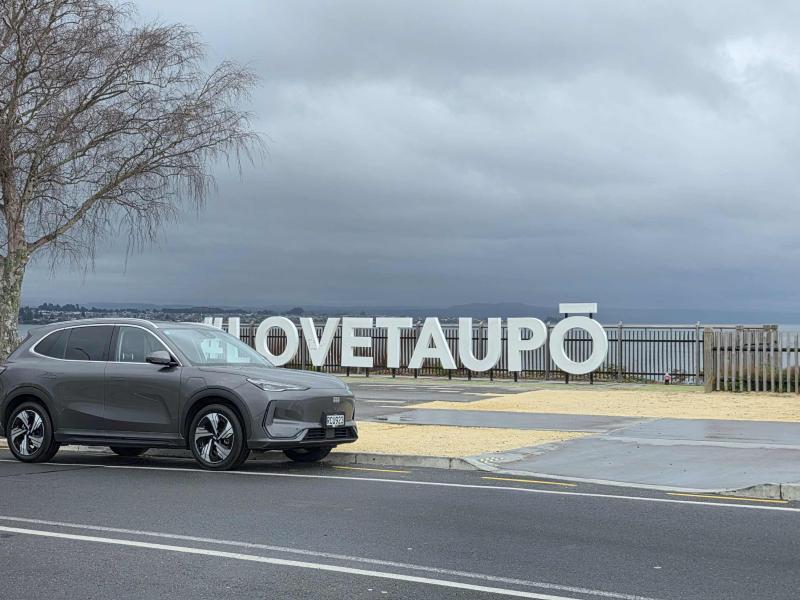The most eagerly anticipated product from Kia for 2019, the sub-compact SUV Seltos, saw hefty promotion as we drew closer to 2020.
Marketing budget well-spent? Certainly, it has helped as far as the brand is concerned, but has this helped sales with the actual model?
It is early days for the Seltos, but the Small SUV segment here – where the Seltos competes – is highly contested with great expectations on the part of the consumer in terms of safety, specification, performance and value-for-money; areas where Kia is well-respected, citing the Sportage and Sorento as prime examples.
All five models making up the Seltos range share the same credentials as their larger stablemates, equipped with a comprehensive range of features including such niceties as Apple CarPlay and Android Auto integration, autonomous emergency braking with car and pedestrian detection, lane keep assist, driver attention alert, cruise control, tyre pressure monitoring, ABS brakes and all manners of stability control.
There are differences in the range of course. Five Seltos models means a bit of circumspection in the feature and specification line-up after all.
The LX model tested, has all of the above features, but basic versions of them, and lacks blind spot detection and rear cross traffic assist; well it DOES have that – limited time – price point after all.
LX Plus, EX and Limited grades take much the same spec level as each other, while the top end 1.6-litre turbocharged model – commanding a price well over that of the LX – in addition to the high-performance engine, takes AWD, a seven-speed dual clutch transmission and multi-link suspension over coupled torsion beam.
While the LX is our tested model, we’re picking the savvy fleet manager would opt for the LX Plus to comply with duty of care requirements. In saying that, the LX will serve the budget-conscious FM well enough.
Outside of the top end model, all Seltos models run a two-litre petrol engine with 110kW and 180Nm outputs with a sub-seven litre per 100km fuel efficiency figure, about what you’d expect of a petrol-powered fleet vehicle.
With its SUV design, the Seltos sits a little higher on the road than the average hatchback, yet its on road behaviour is remarkably similar to that of a conventional hatchback, though there is a more significant road presence in the higher riding SUV.
All models feature a Drive Mode system which adjusts the performance to an Eco, Normal or Sport variable.
This is part one of the Seltos’s big party trick, and as party tricks go, its hardly earthshattering. Part two is the new transmission.
Called by Kia an intelligent variable transmission – or IVT – this enhanced version of the traditional continuously variable transmission with its seamless shifts replicates the feel of a traditional automatic in keeping with the driver’s input, minimising the characteristic ‘rubber band’ feel and droning sounds typical of the CVT.
Does it work? Well, actually yes it does. Driving the Seltos through suburban and city environments is a pleasantly relaxing experience and, when a little urgency is called for, the IVT and engine work well together to deliver the goods.
And that segues nicely into what is arguably the Seltos’s main selling point – space.
Seltos has an all seats up cargo capacity of 468 litres. When the back seats are down, that number goes to an astonishing 1428 litres by virtue of the Seltos intelligent body dimensions, which also contribute to maximised passenger comfort.
So Kia has delivered a small SUV with particularly good cargo credentials, comprehensive specification and safety levels with new fuel efficiency technology at a sub-$29k price. We’d suggest it's well worth a look.






